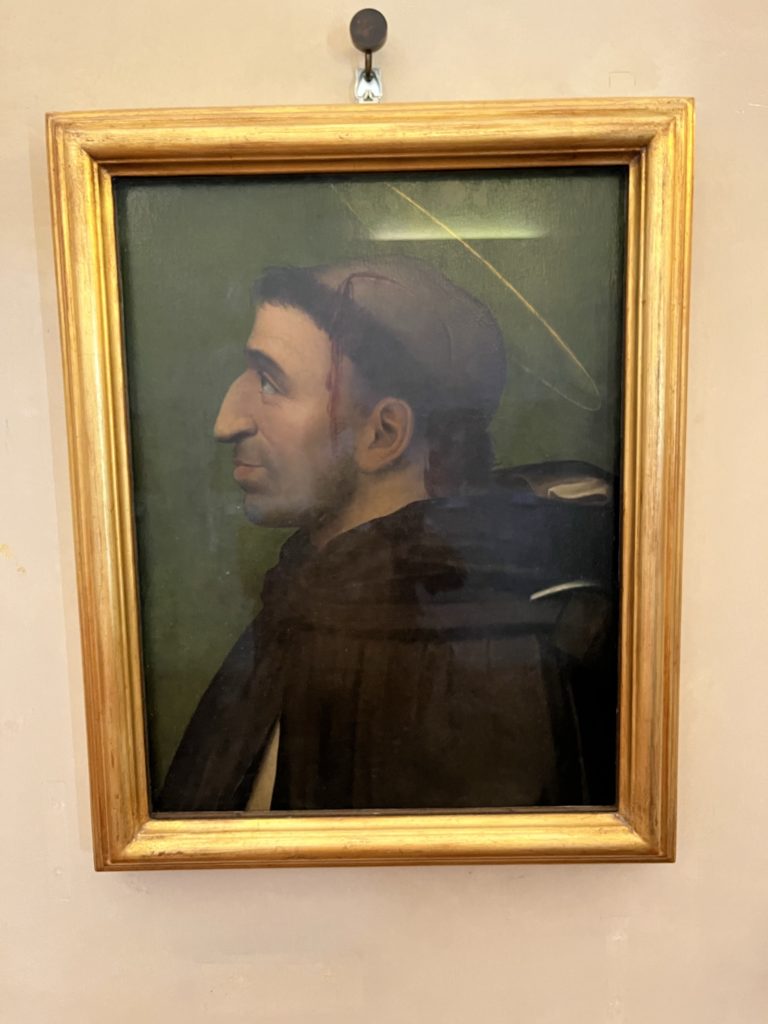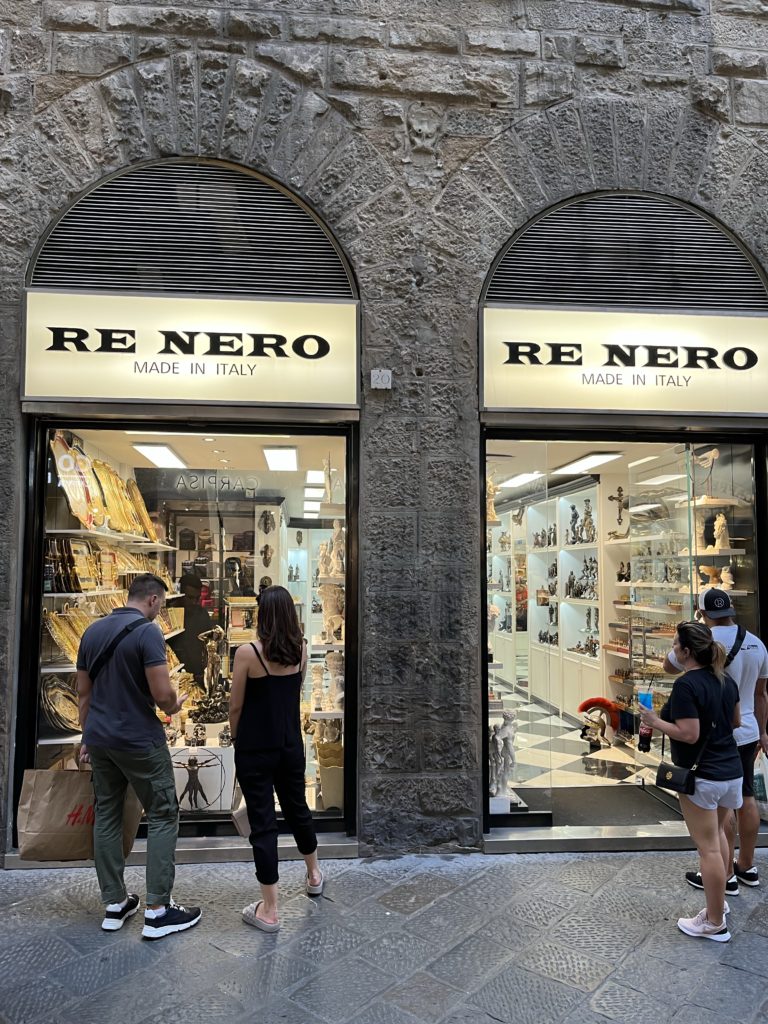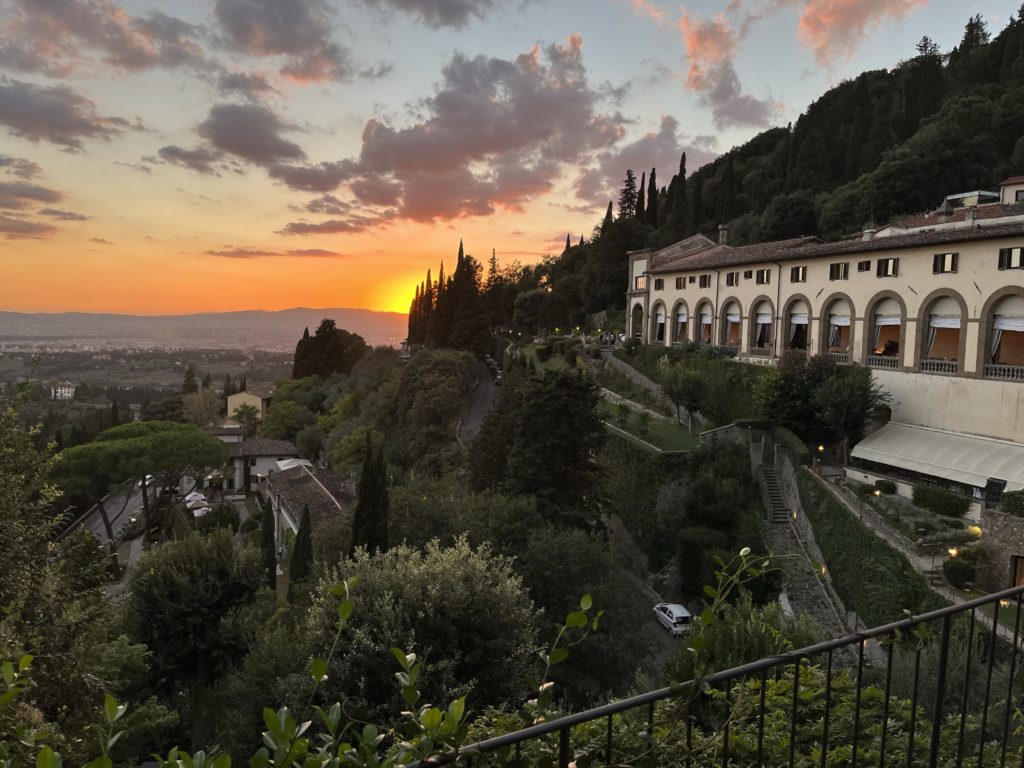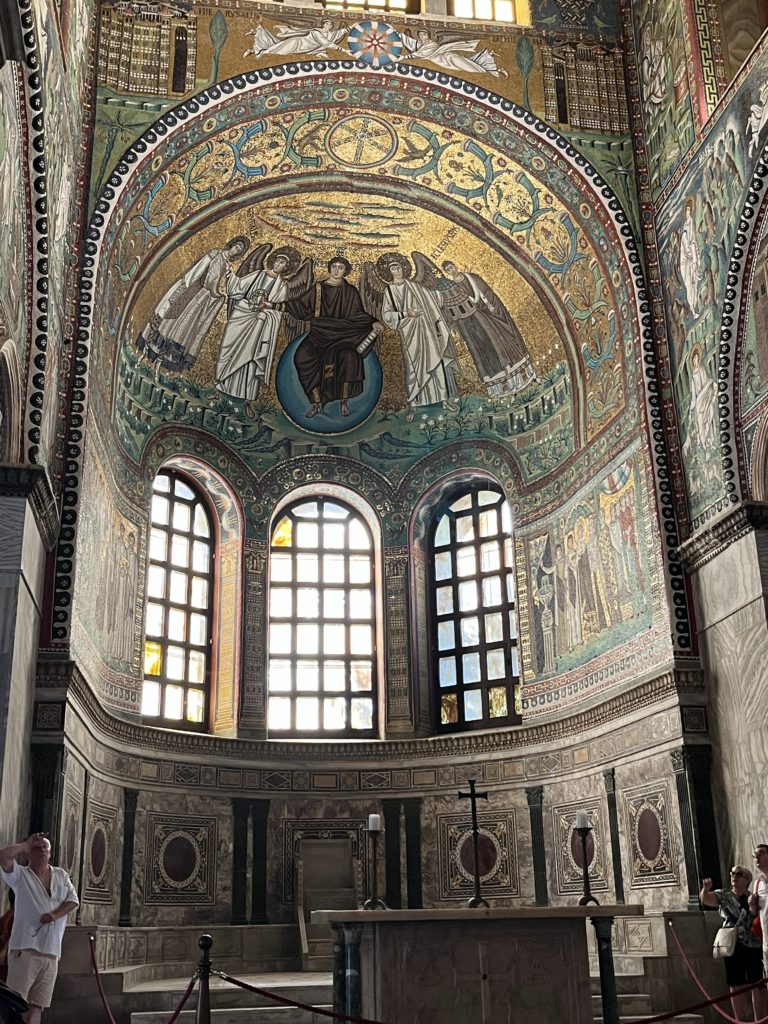
As we have slipped back into our lives at home, I’ve thought through what we read, saw, and learned related to our Early Christian, Medieval Travel Journal tour.
The first two three hundred of the years of the Church was marked most conspicuously by persecution. We discussed some of those first century martyrs, including Ignatius who gave the ultimate proof of his discipleship in the Colosseum in Rome. After the Apostle Paul addressed in his New Testament letters some of those teachers who were painting outside the lines, with the exception of Gnosticism, we don’t hear much about heresy during the first three hundred years of the Church. Never was the Church more united than when it was most persecuted.
Constantine the Great’s vision, conversion, and his victory over Maxentius at the Milvian Bridge changed everything. The Church was finally free to worship in the Roman Empire, and more than that, the full support of the Roman Emperor, who assisted in the building of new churches and baptistries and in restoring to Christians and churches what had been taken from them during the persecutions that preceded Constantine.
But with that new freedom, dissension suddenly became a luxury the Church could seemingly afford. Heresies like Arianism, which had been simmering beneath the veneer of Christianity’s public face to the empire now bubbled to the surface. Others followed, Donatism, Pelegianism, and Nestorianism are just some examples.
Continue reading “Early Christian, Medieval Travel Journal-Epilogue”



